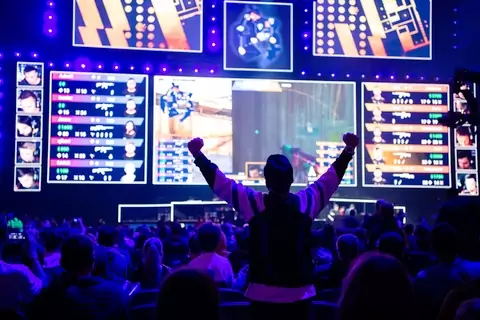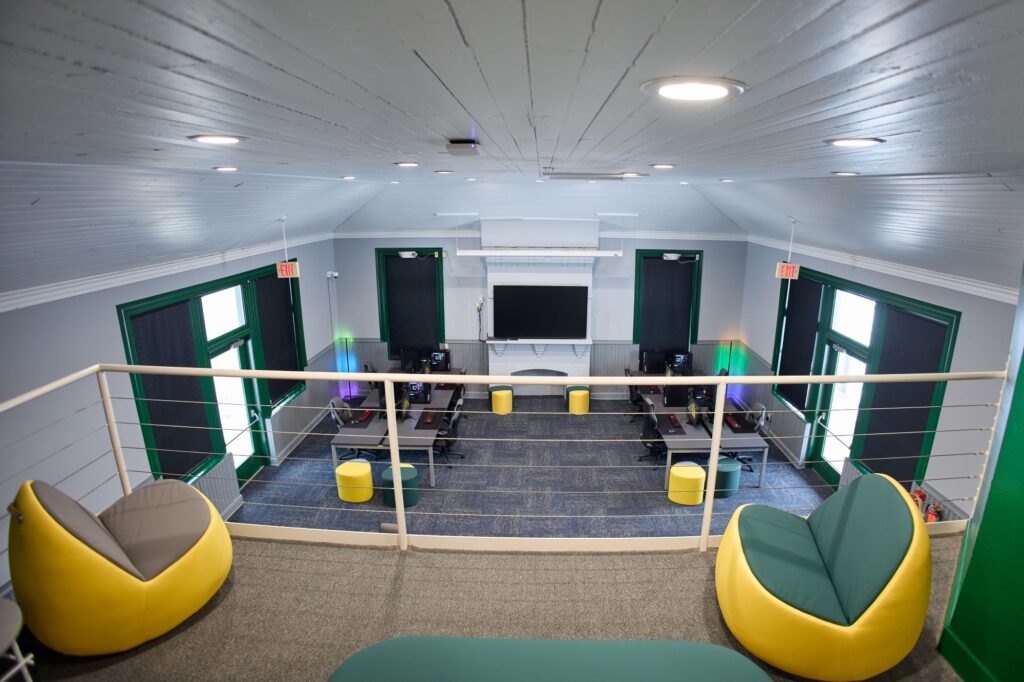
Esports’ roots were a lot more down-to-earth in its early days. Gamers found solace in gaming cafes, living rooms, and convention centers, coming together because of their shared passion.
Those gaming cafes were our social hubs, offering a place not only to compete but also to build friendships.
When esports started gaining attention, convention centers started hosting larger tournaments.
These spaces often had to be adapted to accommodate both the needs of players and the demands of fans.
The Rise of Dedicated Esports Arenas
As the esports industry continued to grow, the need for dedicated facilities became glaringly obvious.
The first esports-dedicated arenas began to emerge, especially in countries like South Korea, where esports was already a part of mainstream culture.
Places like the “Seoul OGN e-Stadium” gave us a glimpse of what esports infrastructure could look like.
These early esports arenas were designed with professional players in mind, offering features like soundproof booths, top-tier gaming gear, and comfortable seating for the audience.
Global Expansion and Investments
The worldwide expansion of esports saw several nations investing in these dedicated arenas.
Legendary venues like the Blizzard Arena in Los Angeles and the Mercedes-Benz Arena in Berlin testified to the global appeal of competitive gaming.
These venues started incorporating state-of-the-art technology, including high-resolution LED screens, in-house production studios, and customized lighting and sound systems, creating an electrifying atmosphere for fans.
The investments weren’t limited to competition spaces alone.
Esports training facilities, often attached to these arenas, started popping up to provide professional players with the necessary tools and resources to hone their skills.
Modern Esports Arenas
Today, esports arenas and facilities have evolved into full-blown entertainment hubs.
They are architectural wonders, blending cutting-edge technology with captivating design to create immersive experiences for players and spectators alike.
Conclusion: The Future of Esports Arenas
As esports continues its meteoric rise, the evolution of esports arenas and facilities is set to continue.
The future holds even more innovation, including concepts like mixed-reality arenas, and interactive experiences that bridge the gap between the physical and digital worlds.

